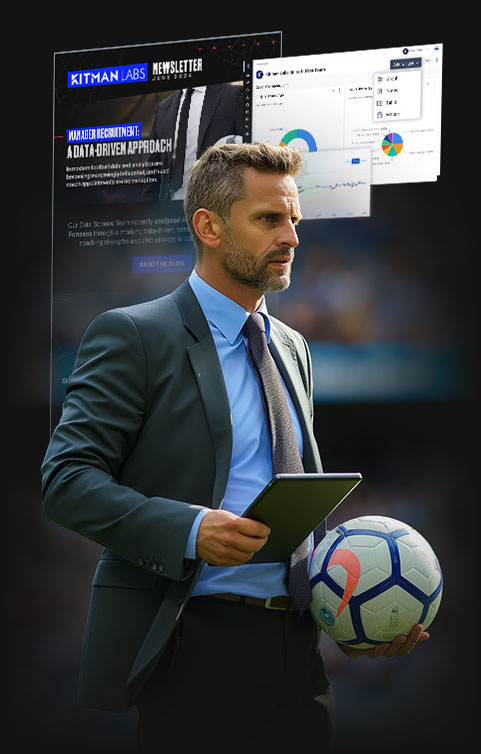Major League Baseball teams are using every piece of information at their disposal to gain insight into the future value of a player. These information sources stem from the scouts, performance staff, medical staff, analysts, and many more contributors, resulting in a wealth of useful information.
Clubs are competing to identify talent, profit from untapped talent, and develop the overall potential of players to impact the game—not only to win games, but to maintain a competitive edge.
In Moneyball: The Art of Winning an Unfair Game, analytics was the Next New Thing in assessing player value, but it would be a mistake to think it’s about a single method or approach. In fact, the experiences and instincts of so-called “old school” scouts are immensely valuable—analytics is simply another tool to help them remove biases and strengthen instinct with objective, evidence-based insights.
Evaluating Player Potential
- How is Player X currently performing?
- If we put Player X in this position, what can we expect to see now and in the future?
- How does Hitter Y’s performance change in certain pitch counts?
- What are Player Z’s tendencies – in a 0-0 count? Chase rates with 2 strikes?
When describing the physical characteristics of players, scouts use the “eye test” to gauge size, strength, and athletic ability. These characteristics are typically subjective, but what if we could look to the other side of the coin to validate or challenge what the “eye test” tells us?
The bottom line is that the “scouting guy” and the “analytics guy” are simply two sides of the same coin—different ways of looking at the same situation.
And when these two groups work together, it becomes clear how consolidating fragmented information and collaborating team-wide is the most powerful and effective way for organizations to achieve a common goal.
“People are overlooked for a variety of biased reasons and perceived flaws.
Age, appearance, personality.”Peter Brand, Moneyball
Combining the “eye test” with hard data can bring together objective, holistic (e.g., physical, technical, medical) information on an athlete to enhance understanding of a player’s current and potential contributions, while also eliminating biases.
This collaborative approach provides additional insight for the decision-maker on a number of fronts: whether or not to draft a player, when to promote a player from Double-A to Triple-A, etc. Rather than looking at each piece of information separately, these integrated insights allow a more comprehensive picture of the player.
A Player Evaluation Scorecard Example
Benchmarking a player’s athleticism on a scale akin to the scouting scale can provide a numerical valuation of each athlete based on existing benchmarks, e.g., are they average? Are they above average or are they below average?
Having the ability to measure and track this data over time provides a more accurate and objective way to determine if and how staff is developing or evaluating talent.

Once this data is measured, Kitman Labs has developed a scorecard that attempts to quantify athleticism alongside the scout’s view in the five tools of baseball (Speed, Throwing, Fielding, Hitting for Average, and Hitting for Power) to view both sides of the same coin: athletic potential (hard data) and sport-specific skills (scout’s knowledge) all in one place.
- Raw athleticism indicates the ceiling/potential for what the athlete can become
- Sport-specific skill indicates the usefulness of the athlete in their sport

Whether we’re trying to answer questions about talent identification, talent development, performance optimization, or health optimization, having an aggregated source of information to answer them all can elevate what an organization is doing.
Finding Hidden Talent, Developing Latent Skills
By combining scouting talent and quantifiable data, teams can get an overall athleticism grade for an athlete based on a qualitative scouting assessment that can be validated by quantifiable data on the “whole” athlete.
Many times players get drafted for a couple of loud tools, but fall short in others. Maybe a flamethrower is drafted, but can’t find the strike zone or a loud bat gets drafted but doesn’t display the fielding skills necessary to succeed at higher levels. Taking a risk to draft these players can be deemed worthwhile with the upside that a club can develop these skills with that player—and athleticism may play a part in determining whether or not the athlete has the athletic potential to improve in other areas.
This is not to say that the best athlete will necessarily mean they will be the best player. But they may have a better chance to develop down the road.
For example, say you’re a scout for the Colorado Rockies and you know the physics of baseball are different at a mile high. You will favor the above-average hit tool because you need players who hit home runs.

You find two players with hit for power potential:
- One has hit 15 more home runs in a season, but his athleticism score shows that his power is average and his speed is below average
- The other shows well above average power and below average speed.
Which one might you advocate for?
While there are numerous factors that go into scouting a player, one could argue that the first player might be at his athletic ceiling and flashing all the power that he will have. And the second player might have more upside and an opportunity to develop the hit tool because he has a higher athletic ceiling in terms of power.
It’s always a gamble, and not every pick will pan out, but bringing in more information helps facilitate conversations across departments that can result in better informed, more impactful decisions. And having all of this information in one place is key to these conversations.
Taking It One Step Further – Developing Staff and Coaches
Teams that view player development—as well as coaching and staff development—to be a fundamental investment in their future are well positioned for long-term, sustainable success.
The first step is equipping coaches and staff with actionable data insights as one of the many tools that can be used alongside their invaluable experiences and deep knowledge of their own organizations to enrich and influence outcomes.
By breaking down silos and aligning everyone around shared information, teams will have more insights and knowledge to do their jobs better, strengthen instinct, and be better equipped to identify untapped talent and develop the overall potential of players.
Learn More
This blog is part of an ongoing series where we share valuable insights from our team of Performance Experts who have worked with hundreds of elite teams around the world and have backgrounds in coaching, medical, sports science, and data science. To learn more about how analytics can assist with scouting and player development, contact Drew Pomeroy at dpomeroy@kitmanlabs.com.





